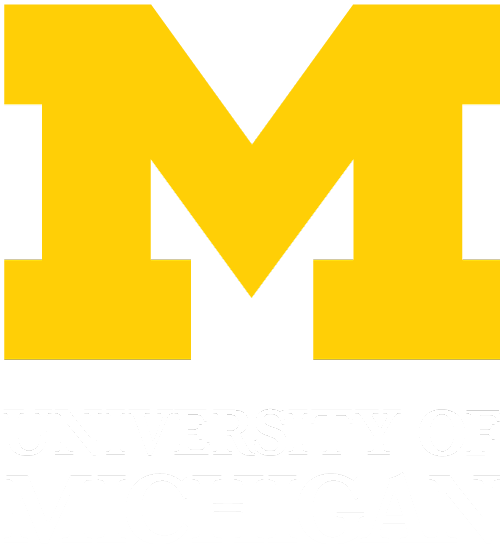Investigation of Transport through a Nanoporous Gold Substrate
Nanoporous materials have found numerous applications in DNA sequencing, tunable transport, and nanoparticle characterization. Nanopores generally operate on either size-exclusion or charge-selective principles, whereby the pore is fabricated to certain dimensions in order to permit only molecules of specific sizes through or the surface charge is adjusted by altering the pH of the solution. Coating the nanopores with a conductive metal further simplifies surface charge tuning as it allows for modifying the surface charge electrochemically, rather than changing the solution composition. While most studies have focused on either a single pore or a small array of cylindrical pores, such geometries severely limit throughput and practical applications for lab-on-a-chip separations. As an alternative, we have explored nanoporous Au (NPG) in order to benefit from its high pore density and random, bicontinuous structure. Furthermore, the inherent conductivity and ease of Au surface modification create a highly tunable pore surface for dynamically modifying the separations process without requiring a new device for every unique separation.
The intricate geometry and tunable surface charge of NPG effectively unites size- and charge-based separation techniques into a single platform capable of integration with microfluidic devices. Dynamic control over the separations process with an applied electric potential allows for selectively gating the transport of specific molecules. Our group is currently working on separating proteins, DNA, and quantum dots.

